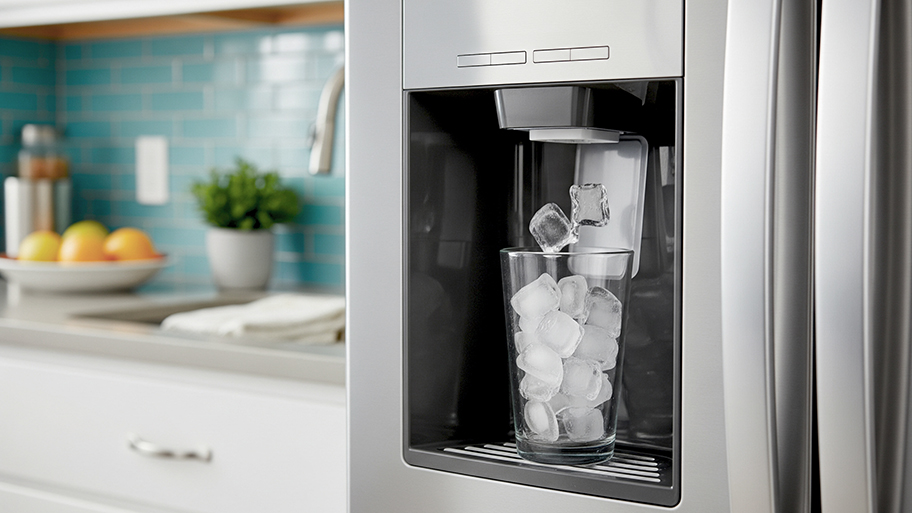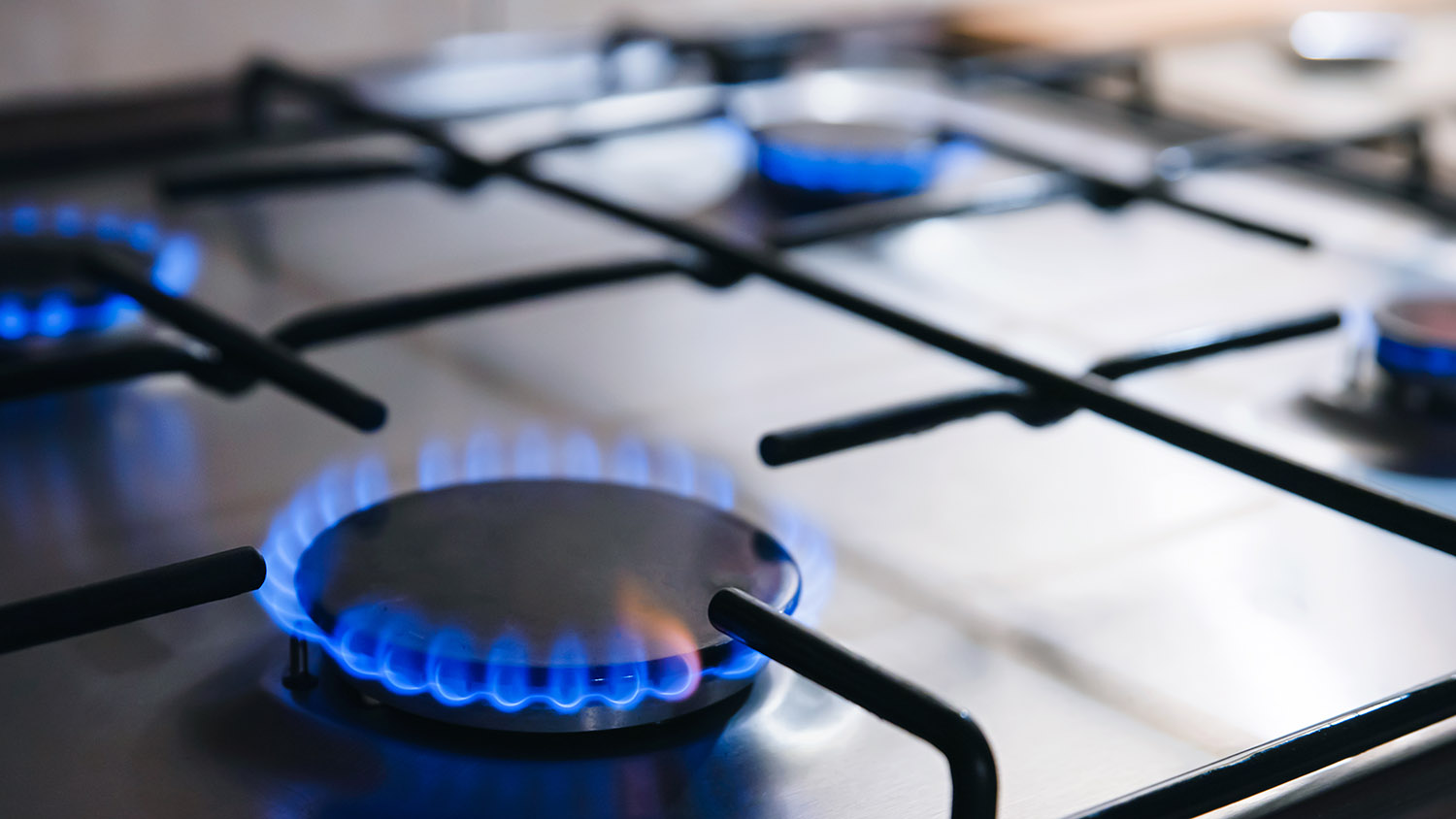
Discover the average ice maker repair cost, key price factors, and tips to save. Learn how to budget for your ice maker repair and when to repair or replace.
Turn up the heat on your DIY skills with this simple swap


The coil at the bottom of your oven is called the heating element. It uses electric resistance to heat up. You will need to replace the heating element in your oven if heat no longer radiates from it, there is no electrical current, or your food is cooked unevenly.
While the terms oven, range, and stove, are often used interchangeably, they are different. Range and oven refer to units with both an enclosed cavity and an open-air cooking surface. Stove refers solely to an enclosed cavity (wall ovens) and stovetop, or cooktop, refers solely to an open-air cooking surface.
These units don’t break often but when they do, replacing it is a simpler DIY task and can save you hundreds of dollars in labor costs should you choose to do it yourself.

Trust us, the low cost of this DIY is the only shock you’ll want to experience while replacing your oven’s heating element. There may or may not be a switch on your oven to turn off the power. Flipping it to the off position is a good idea. If you can locate a plug, unplug the appliance as well. Just to be extra careful, locate the circuit breaker in your house and switch off power to the entire room where the oven is located.
At this stage, use a multimeter to confirm that the power is off. You can do this by touching the probe against the exposed wires.

Although it isn’t completely necessary, it’s a good idea to put on some general-purpose work gloves at this stage. Sometimes the oven has tiny shards of metal that you wouldn’t want lodged in your skin. Another optional step is to remove the oven door. If you can replace a heating element in an oven without doing so, you don’t need to add this extra step. Remove all oven racks at this stage. Once removed, clean the oven if it’s dirty. If the element or the oven itself is damaged, consider potential oven repair costs.

Locate where the heating element is attached. Usually, it is in the main body of the oven, at the back or side and is often a matchbox-sized attachment with two screws. Use the screwdriver and remove the screws, pull out the mounting bracket once they’re removed. Disconnect each spade wire connector with pliers, then simply pull the heating element out of the oven.
You’re over halfway done! All you need to do is reverse the steps. First thing, slide the new heating element into the oven and reattach the wire connectors onto each probe. You may need pliers to clamp down the spade, ensuring it’s a tight fit. Once you know they are secure, reattach the mounting plate by placing it back into the oven and insert the mounting screws. Make sure everything is tightly secured.

Now that everything is in place, you’ll need to turn the power back on. Start by plugging the oven back into the wall—even though there isn’t power—and then flipping the power back on the circuit breaker. Once you’ve confirmed power is on in the room, turn the oven on. The new heating element should glow orange. You’ll want to calibrate your oven by using an oven thermometer to ensure the oven setting of 350 degrees Fahrenheit matches the thermometer.
If you can turn a screwdriver and locate the power unit for your kitchen, there really isn’t a need to hire a professional. Even while working carefully and methodically, this simple DIY fix shouldn’t take much more than 30 minutes.
However, you may not be able to complete the task because of an injury, such as a broken wrist or bad hip, which can prevent you from accessing or removing the heating element. Another reason you may choose to use a pro is if you don’t consider yourself much of a DIY’er. In this case, you’ll need to hire a local electric appliance installation professional to replace the heating element in an oven. Professionals may charge between $50 to $150 per hour. Due to the job’s simplicity, you should also expect a service fee of around $50 to $100.
Wondering how your oven stacks up against other Angi customers? According to Angi data, nearly 51% of customers cite having an electric oven, while almost 47% report having a gas oven.
From average costs to expert advice, get all the answers you need to get your job done.

Discover the average ice maker repair cost, key price factors, and tips to save. Learn how to budget for your ice maker repair and when to repair or replace.

Get a clear estimate for stove repair costs. Learn what impacts pricing, compare repair vs. replacement, and find tips to save on your next stove repair.

Range hoods come in various styles and help keep your kitchen clear of odors, smoke, and grease. Here’s how much it costs to install a range hood by type.

Who fixes dryers if yours isn’t working? A dryer repair company is a good place to start, but you have some options, including an electrician.

How do wood stove fans work, and why do you need one? Learn how to boost your home’s heating efficiency with our comprehensive guide.

Not sure who to hire to repair a wood pellet or gas stove? See which pro to call, what they do, and how the repair process works.